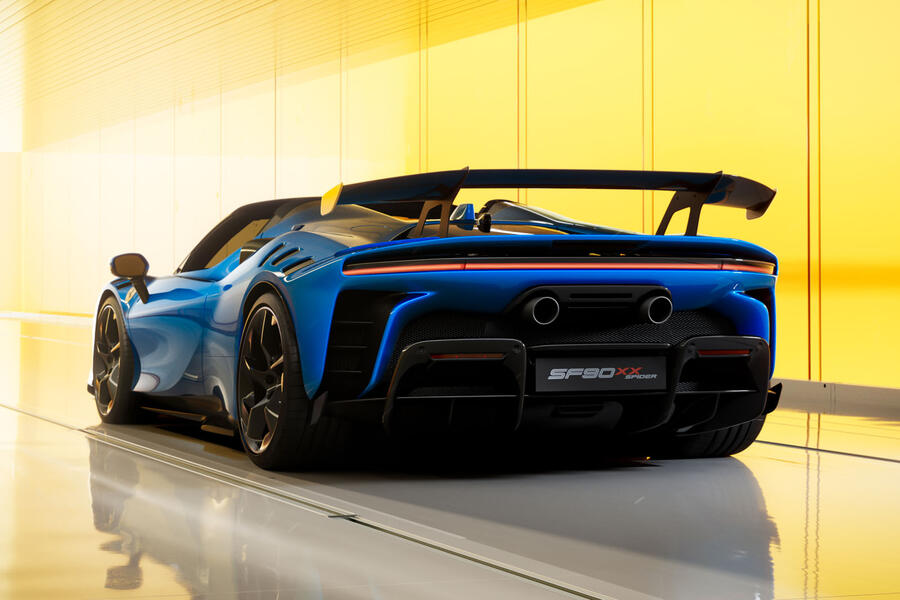The Global NCAP will continue to offer support and the technical know-how to the Bharat NCAP authorities

-
Bharat NCAP will start testing cars from October 1, 2023.
-
Global NCAP, started in 2011, launched a #SaferCarsForIndia campaign in 2014.
-
It has crash tested over 50 models so far, assigning scores ranging between 0 and full 5 stars.
-
Commendable performers include the Mahindra XUV700, Tata Punch and Skoda Kushaq.
We are sure every Indian, in the recent time, is brimming with pride as our country unlocked two important historical landmarks: Chandrayaan-3’s landing on the southern side of the moon (a world record) and the launch of Bharat NCAP (new car assessment program). Success in both the fields have been possible due to the technological advancements made in the respective industries.
Focussing on earthly progress, the Bharat NCAP is based on similar standards and protocols followed by the Global NCAP. As such, the global agency has shown its faith in the new Indian vehicle safety program by deciding to stop crash testing India-specific models starting 2024. The BNCAP will award safety ratings to every model sold specifically in our country, helping buyers pick the safest car perceivable to them.
What Led Global NCAP To This Decision?
In an interview with ET Auto, David Ward, executive president at Global NCAP, said, “There may be another 10 models that we’ve got in the pipeline but that will be it. We absolutely don’t want to be seen as a rival programme to Bharat NCAP. It’d be very confusing to the consumer, and it doesn’t serve anybody’s interests.”
Also Read: Bharat NCAP: Here’s What Carmakers Said About The New Initiative For Safer Cars
Further Course Of Action

Our collaboration with the global safety authority won’t stop entirely though, as the international organisation has signed a Memorandum of Understanding (MoU) with the Central Institute for Road Transport (CIRT), which is the technical secretariat to the Ministry of Road Transport and Highways (MoRTH). As part of the MoU, Global NCAP will continue to offer support and technical know-how to the Bharat NCAP authorities.
Also Read: Bharat NCAP vs Global NCAP: Similarities And Differences Explained
Global NCAP’s India Impact Till Now

Although Global NCAP came into effect in 2011, it started the #SaferCarsForIndia campaign in 2014, which began safety assessments of cars sold in India to address the high number of fatalities resulting from road accidents each year in the country. It has crash tested more than 50 models so far, with scores ranging from as low as 0 to a full 5-star rating. While the first batch of results were quite worrying, it motivated mass-market car brands to step up and strive for the highest safety ratings.

Commendable performers in the Global NCAP tests include the Mahindra XUV700, Tata Punch, and Skoda Slavia–Volkswagen Virtus/Skoda Kushaq–Volkswagen Taigun duos, all of whom have been awarded five stars.
Related: Bharat NCAP Already Has Plans For Updating Crash Test Parameters For Better Safety
Bharat NCAP Summarised
The new Bharat NCAP assessments will come into action beginning October 1, 2023. These have been designed in line with the Global NCAP’s protocols, and will include safety tests like frontal offset, side impact and pole side impact.








